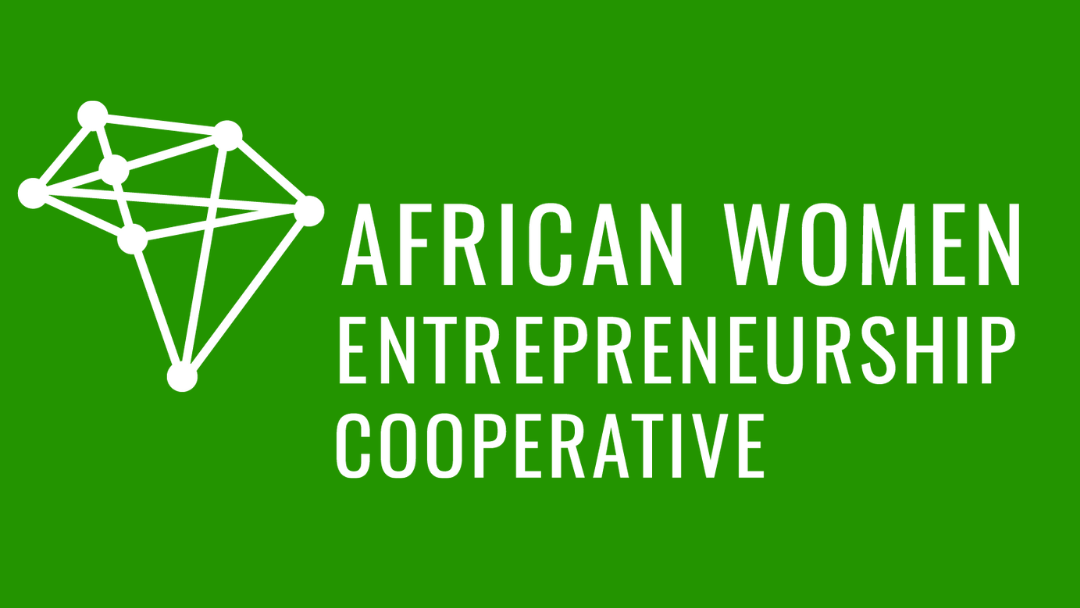AWEC’s Guide to Remote Collaboration
As the ongoing COVID-19 pandemic creates a new normal for how many of us work, learn, connect, and collaborate, we wanted to provide an inside look at how we have been able to deliver engaging online content over the past two years.
At AWEC, we foster many of the values that we look for in our entrepreneurs – passion, resilience, teamwork, self-starting – within our own team, and we have implemented systems that allow us to work together from anywhere in the world. As many of you transition to remote working, we hope some of these tips and tricks are useful to you and the members of your team.
Communication & Collaboration
The AWEC team spans three continents and our key stakeholders are located around the world. Clear and frequent communication has been key to ensuring that we are able to effectively work together and deliver our blended learning model to 200 African women entrepreneurs each day. While there are countless tools and platforms available to connect, there are a few that we regularly use at AWEC to stay in touch with the team and with our participants.
Zoom: While en vogue now, Zoom has for years been our standard way to conduct most of what would be face-to-face interactions, ranging from expert-led teaching sessions to a nearly 200-person event that quickly turned into a virtual event to our own internal staff meetings.
In today’s reality that everything must be online now, some have asked me how we regularly manage large online meetings. Yes, you should encourage attendees to mute themselves. No, you should not allow them to screen share unless they are a planned part of your agenda. Here are a few other tips that you may not have thought of:
Record the session to share with participants later – this ensures greater accessibility, especially if folks are experiencing bandwidth issues or are joining from a different time zone.
Consider posting audio-only versions for your attendees who live in low-bandwidth areas.
Allow opportunities for discussion, but if you have a very large group, moderate the Q&A. We make liberal use of the chat function.
For all internal meetings, we always circulate an agenda beforehand to make the best use of everyone’s time and allow for members of the team to review documents and come ready to discuss.
WhatsApp: WhatsApp is a critical tool our Program Advisors use to maintain lines of communication with program participants. AWEC is unique amongst similar entrepreneurship training programs due to the high touch nature of our model, so we ensure that we are accessible to participants, provide encouragement, and field questions as they arise. Our own team uses WhatsApp extensively to quickly connect with each other and ask time-sensitive questions.
Email: Like any organization, we use email to communicate major updates, make introductions, and facilitate our online programming. Many companies and organizations are now discovering that a meeting could, in fact, have been an email.
G Suite: We share documents extensively to enable real-time collaboration and co-creation. Many nonprofits are eligible for G Suite for Nonprofits, which makes remote collaboration even easier.
Accountability
When you can’t see each other face-to-face, you need to be even more clear and intentional about ownership and accountability. Setting clear and achievable goals and deadlines are paramount to our ability to be productive and accountable. At AWEC, we encourage staff and participants to set SMART goals:
Specific: What exactly are we trying to achieve?
Measurable: How will we measure progress and success?
Attainable: Do we have the resources to meet this goal?
Relevant: Why is this goal important?
Timebound: When do we want to achieve this?
Once goals and deadlines are set, we use project management tools like Trello and Basecamp to ensure that each member of the team is accountable and understands workflow and deadlines.
And, in times like this, when the whole family is at home and someone might be managing their child’s distance learning or coping with a sick relative, understanding and proactive communication is key.
Community
One of the things we are most proud of at AWEC is our ability to foster meaningful connections. Countless participants have called the AWEC community a sisterhood and have developed strong relationships with their peers, mentors, and Program Advisors. Many people are skeptical about the ability to forge these kinds of deep connections online, but we have found that it is entirely possible. We operate in good faith and expect all of our stakeholders to do the same. Below are some of our community-building best practices:
Always listen actively and ask questions. There are no stupid questions. It’s better to get clarification immediately than waste time and risk miscommunication.
Provide constructive feedback on what worked and what didn’t work. Try a feedback sandwich – something good, something to work on, and something good.
Be polite and respectful. Learn to appreciate cultural and community differences and welcome the opportunity to expand your understanding.
Pay attention to when you schedule meetings and send emails, especially when working with teams across time zones! You want to be mindful of your colleagues’ working hours.
During this time, we are especially grateful for the AWEC community and appreciate the level of support and commitment we’ve witnessed amongst these 600 entrepreneurs. We hope to continue to provide resources to the wider AWEC universe and look forward to continued thoughtfulness, innovation, resilience, and collaboration as we kick off Year 3.
